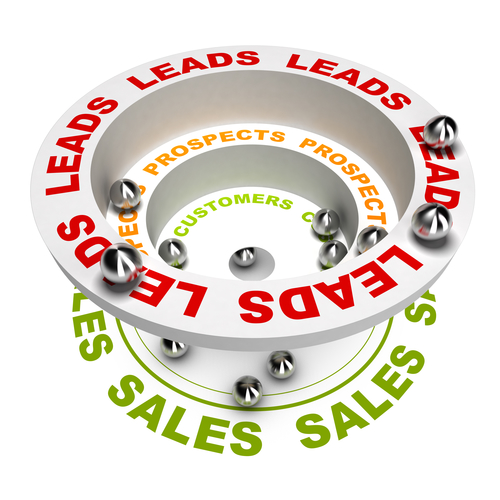There are three major components we need to consider when creating a sales funnel:
- The customer’s state of mind
- The technology we use
- The message we send them
Before, we’ve described the various stages and the different tools and resources you can use in your sales funnels. However, an essential part of sales funnels that often goes overlooked is deciding what messages to send customers at different stages.
At each different stage, the customer is asking specific questions. We’ve collected a handful of those questions at each step so you can plan the messages and channels you need to convert more customers.
Awareness
Customers categorize brands by the problems they solve, not by their colors and core values. When faced with that problem, customers remember all the names of the brands positioned to solve that problem.
When your kid spills orange juice, you think of paper towels. When it’s dark, and you can’t see, you think of light bulbs. When you want to grow your business, you think of marketing solutions.
Answer these questions when your customer is in the awareness phase:
- What problem do you solve?
- How do you solve it?
- What will my life look like after using your solution?
Consideration
The customer has become aware of who you are and what you do. Still, now you need to continue to position your brand above your competitors. To do this, you need to do two things in your marketing: establish authority and create reciprocity.
When establishing authority, you need to communicate to your customers that you understand their problem and pain. Plus, you know how to get them out of their situation.
When creating reciprocity, give away information that helps the customer solve little problems in their everyday life. The old Mad Men era adage is, “Give away the why. Sell the how.”
Answer these questions when your customer is in the consideration phase:
- What makes you qualified to solve my problems?
- How can I trust you?
- What resources do you have available for me to learn more or demo the solution?
Decision
When deciding if they want to buy the product, the customer turns to answer more practical questions about the solution. They weigh how easy it would be to acquire and integrate the product into their daily lives.
When acquiring it, the customer also will be wondering how much risk is on them after they make the purchase. Alleviate their fears with simple guarantees.
For integrating the solution, it’s essential to give a clear vision of how they use the product. A simple three or four-step plan can demonstrate this. If your process has more than three or four steps, then simplify it until there are three or four phases.
Answer these questions when your customer is in the decision phase:
- How would I use your solution?
- How do I get the solution?
- How do you help lower my risk in case the solution isn’t working?
Action
At the action stage of the customer journey, your customer has bought your solution, but now what? Does the sales funnel stop there?
It shouldn’t, because you still have a ton of value you can offer to your customers. If you have solutions that complement or enhance the initial offer, utilize a follow-up email campaign to create more revenue.
Also, you can use your customer’s experience can now to create more customers. Follow-up communication to collect customer feedback and testimonials is an integral part of managing your reputation and authority.
Answer these questions when your customer is in the awareness phase:
- How else can you add value to my life?
- What should I tell my friends about you?
To learn more about creating sales funnels, the technology you need or what message to send, contact us.

